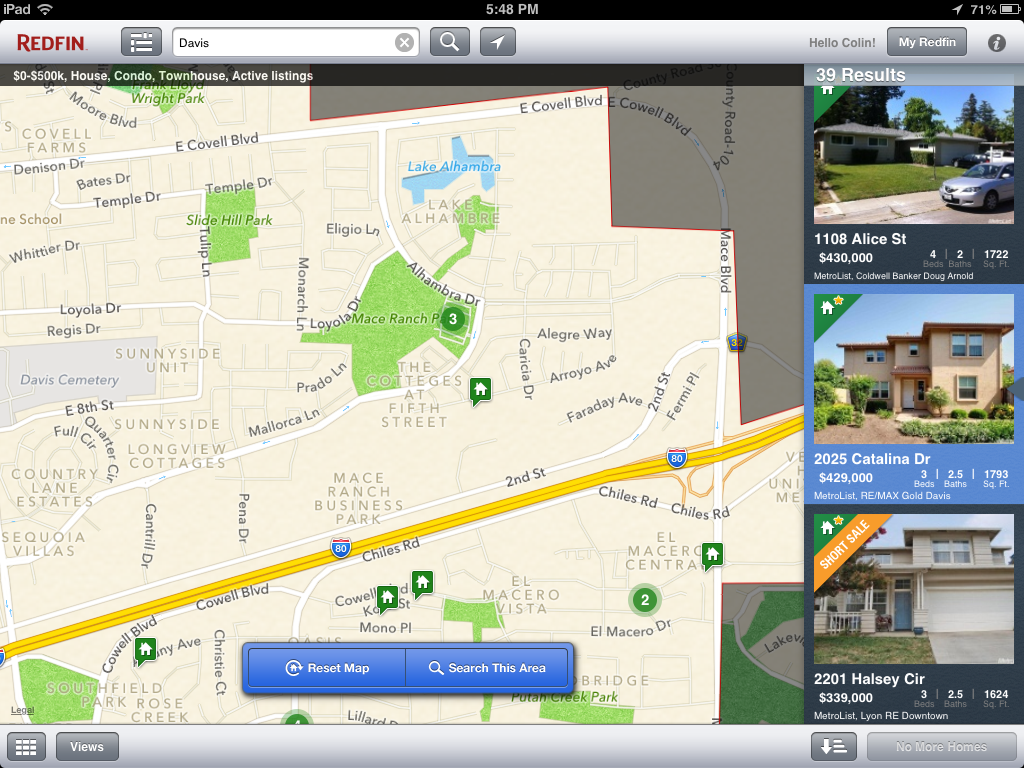Lesson: Getting Through a “Blunder-Storm”
Saturday, September 29th, 2012When I was working at Handspring, we had a fair number of technology blunders such as cheap paint that would scratch easily, dead screen LEDs, electrical problems, wrong software versions getting released, and lost user data. You hope to catch most during alpha development and fix most by the end of beta testing. Always, some things would be let through. As a longtime Apple product consumer, I have seen a similar share of technology blunders which also seemed forgive-able because Apple was a champ at compatibility testing and I knew that it was impossible to test every possible combination of Apple and 3rd party products. But it is with extreme disappointment that I view Apple’s release of iOS 6 for the iPad – and just because I thought Apple had mastered the art of new product experience (sometimes called the out-of-box experience or OOBE). The Map app is one such blunder which has set Apple’s reputation back significantly. It’s received quite a lot of press but I had not realized the enormity of its impact until I actually applied the iOS 6 update. It first begs the question why everyone in the approval line allowed this Map app to get into public release and hands (even a beta test should have revealed this showstopper). Not only is Apple’s iPad engineering group in question here, the management is also is in serious doubt. Is this just an aberration or a sign of an overall cultural degradation? Using Google Maps from a web browser isn’t really a solution because all the 3rd party apps which rely on the built-in Map engine have also been taken down as well. It just so happens that I use quite a few iPad apps that use the Map engine: Yelp, OpenTable, Redfin, Zillow, Hotels.com, TruxMap, TripAdvisor,… and the vulnerability is now clear to developers. I could accept it as an oversight I suppose – if it wasn’t for the Microsoft-esque addition of a VIP “non-feature” in the iPad Mail app. Perhaps the iOS 6 Product Manager went on medical leave at some critical juncture? Problem is I don’t see (at this moment) a way out – except to get my hands on an iPad which still has iOS 5.
Below are screen shots of maps from the Redfin app using iOS 6 (top) and Google Maps from Safari (bottom) for the same neighborhood in Davis, CA. Two areas are mis-spelled – “ALHAMBRE” and “COTTEGES.” For full disclosure, I did find that Google Maps mis-places the pin for the Frontier Fertilizer Superfund site in Davis (right over someone’s home a little to the north; so it’s not perfect) but Apple’s Map app doesn’t locate it at all (useless).
I would characterize this as a “blunder-storm” where enough has happened that it calls a lot of intangible qualities into question. For YCISL, it would be great to simulate such a situation and work out how to approach, get through, get past or get around this problem. There’s probably no shortage of blunder-storms in the news at any given time, so we could do a real world analysis, or create a hypothetical scenario. There are probably good lessons to be learned from this for innovation and leadership.
So if anyone of any influence on this Map app is reading this, take a page out of the NFL Referee “blunder-storm” and do what’s best for your fans.
After-thought: I did experience a worse experience in an update recently. The Bay Area News iPad app, in an update, became totally unusable where the layout became tedious and links went to the wrong article. How does this stuff make it through beta and readiness engineering? And yes, the solution (just as is Apple’s) was to use the web browser version. It looks like this app has been updated and the link problem has been fixed. Layout still awful though.
Update: Just saw an article in the BayAreaNews iPad app titled “Major management shakeup at Apple” by Patrick May (originally published 10/29 /12) which announced the departure of Senior VP of iOS Software Scott Forstall from Apple. I have no idea whether this action will close the loop on the problems discussed, but I hope the culture can be restored and rescued (hint: Airport Utility 6.x).




